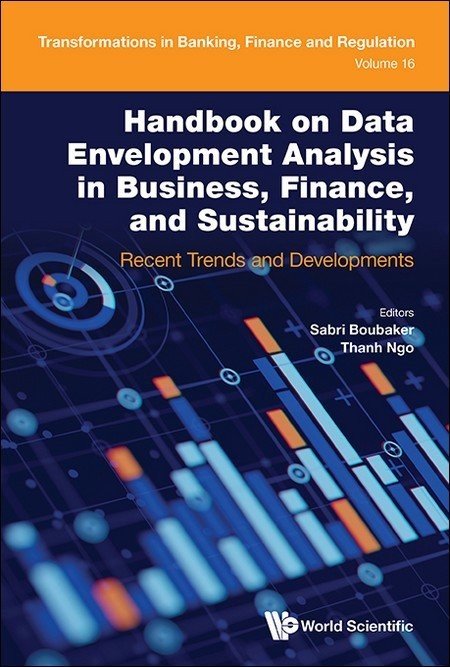Chapter 17: Efficiency Analysis of Brazilian Regions for the Sustainable Expansion of Food Production Based on Satellite Data: A Data Envelopment Analysis Approach
An essential topic for policymakers is the environmental and socioeconomic impact of food supply chains. The world population is growing; consequently, food consumption is expected to increase, and Brazil is one of the important countries in global food production with the potential to supply food to meet this higher food demand in the world. Considering this context, the aim of this chapter is to propose a double-frontier data envelopment analysis (DEA) model to benchmark Brazilian regions for the sustainable expansion of food production. Thus, for this purpose, a slack-based measure (SBM) DEA model combined with the composite index double-frontier method is developed for efficiency analysis of the Brazilian regions, deemed decision-making units (DMUs), based on satellite data from the Brazilian Annual Land Use and Land Cover Mapping Project (MAPBIOMAS) and the Greenhouse Gas Emission and Removal Estimating System (SEEG). The data are split into negative factors (NFs), undesirable outputs (UOs), or inputs (e.g., irrigation and CO2 equivalent emissions related to the agricultural sector), and positive factors (PFs) or outputs (e.g., food productivity or pasture area). This chapter uses averaged data from 2017 to 2021 for 14 of the 26 (plus the Federal District) Brazilian states. As for the results, Santa Catarina is in the first position of the ranking (first recommendation for expansion of agricultural production). In terms of regions, the northeast has two states in the efficient frontier and none in the inverted frontier, while the southeast has none in the efficient frontier and two in the inverted frontier. The other regions have states in both frontiers. These results would help provide policymakers with strategies for future investment to expand food production. For future research, it is suggested to apply the proposed model using data from other countries and develop stochastic DEA models, besides investigating the efficiency of future scenarios.



